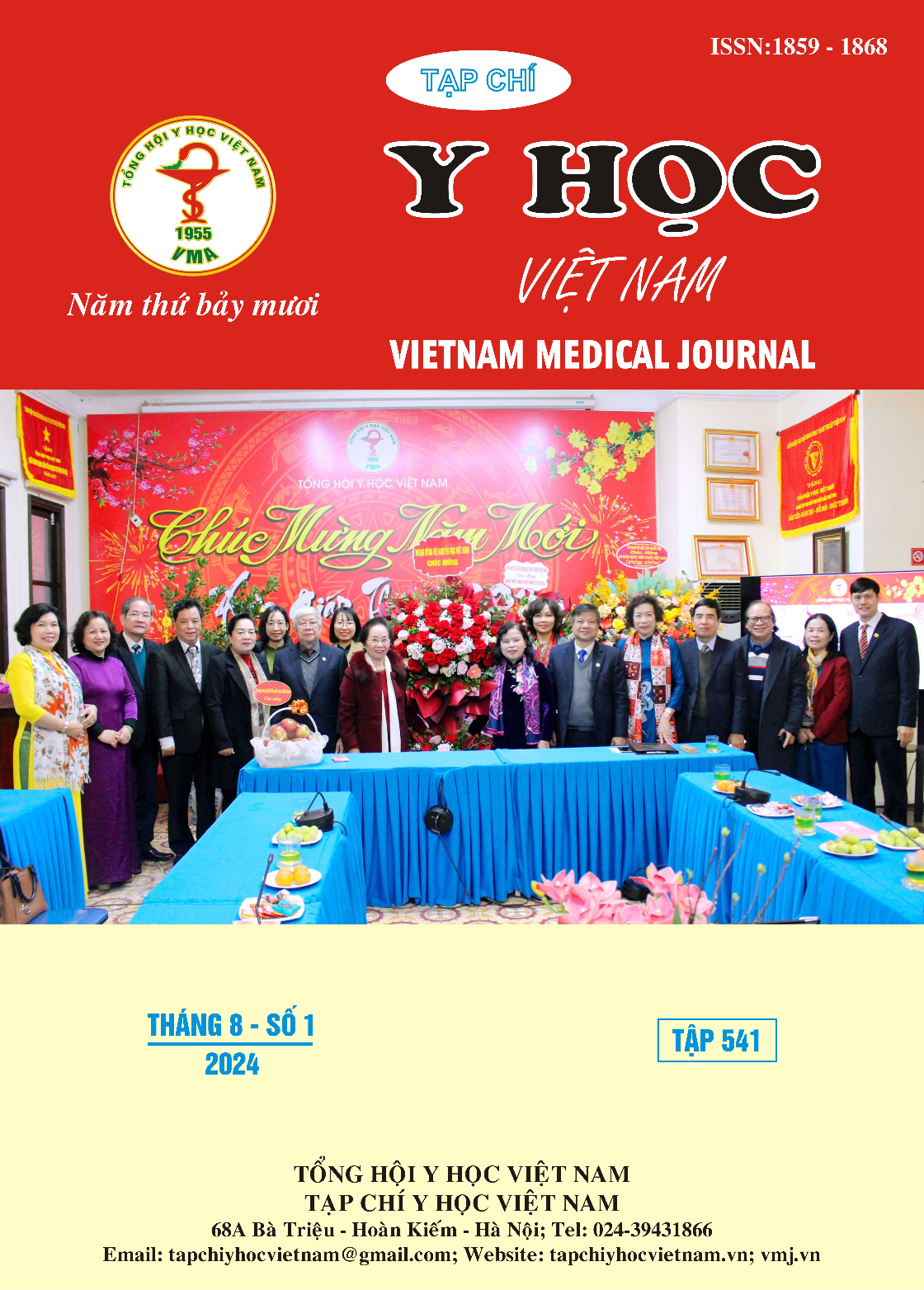IMPACT OF CLINICAL DECISION SUPPORT SYSTEM IN PREVENTING DRUG-DRUG INTERACTIONS AMONG INPATIENTS IN GENERAL HOSPITAL OF AGRICULTURE
Main Article Content
Abstract
Objective: To analyze the impact of clinical decision support system in the management of drug-drug interactions in inpatients at General Hospital of Agriculture. Subjects and methods: interventional study design with before-after comparison. In the pre-intervention period, we retrospectively carried out all electronic prescriptions and medical records of inpatients treated from 01/05/2023 to 30/09/2023. In the post-intervention period, we prospectively performed monitoring reports on the drug-drug interaction warning system and pharmacist’s intervention from 01/11/2023 to 29/02/2024. Results: The proportion of patients exposed to drug-drug interactions (DDIs) decreased significantly from 7.00% in the pre-intervention period to 2.84% in the post-intervention period (p<0.05). There were no medical records with mandatory contraindicated DDIs in the post-intervention period. The frequency of medical records for contraindication DDIs with conditional decreased significantly from 0.36% to 0.04% and the frequency of medical records with major DDIs decreased significantly from 6.10% to 2.62%, in the pre-and post-intervention phases. The acceptance rate of physician for pharmacist's recommendations was 91.30%. Conclusion: The combining clinical decision support system with drug-drug interaction warnings and clinical pharmacist's intervention initially brings about effective DDIs management in hospital
Article Details
Keywords
: Drug-drug interactions, clinical decision support system
References
2. Vũ Nguyễn Huyền Nga (2023), Triển khai hoạt động dược lâm sàng về quản lý tương tác thuốc-thuốc bất lợi thông qua hệ thống hỗ trợ quyết định lâm sàng tại Bệnh viện II Lâm Đồng, Luận văn Thạc sĩ Dược học, Trường Đại học Dược Hà Nội, Hà Nội.
3. Davies E.C., Green C.F., Taylor S., et al. (2009), "Adverse drug reactions in hospital in-patients: a prospective analysis of 3695 patient-episodes", PLoS One, 4(2), p. e4439.
4. Moura C.S., Acurcio F.A., Belo N.O. (2009), "Drug-drug interactions associated with length of stay and cost of hospitalization", J Pharm Pharm Sci, 12(3), pp. 266-272.
5. Muylle K.M., Gentens K., Dupont A.G., et al. (2021), "Evaluation of an optimized context-aware clinical decision support system for drug-drug interaction screening", Int J Med Inform, 148, p. 104393.
6. Muylle K., Wuyts S., Cornu P. (2022), "4CPS-137 Prospective analysis of clinical pharmacist interventions for QT drug–drug interactions alongside clinical decision support", British Medical Journal Publishing Group.
7. Pirmohamed M., James S., Meakin S., et al. (2004), "Adverse drug reactions as cause of admission to hospital: prospective analysis of 18 820 patients", BMJ, 329(7456), pp. 15-19.
8. Quintens C., De Rijdt T., Van Nieuwenhuyse T., et al. (2019), "Development and implementation of "Check of Medication Appropriateness" (CMA): advanced pharmacotherapy-related clinical rules to support medication surveillance", BMC Med Inform Decis Mak, 19(1), p. 29.
9. Reis A.M., Cassiani S.H. (2011), "Adverse drug events in an intensive care unit of a university hospital", Eur J Clin Pharmacol, 67(6), pp. 625-


